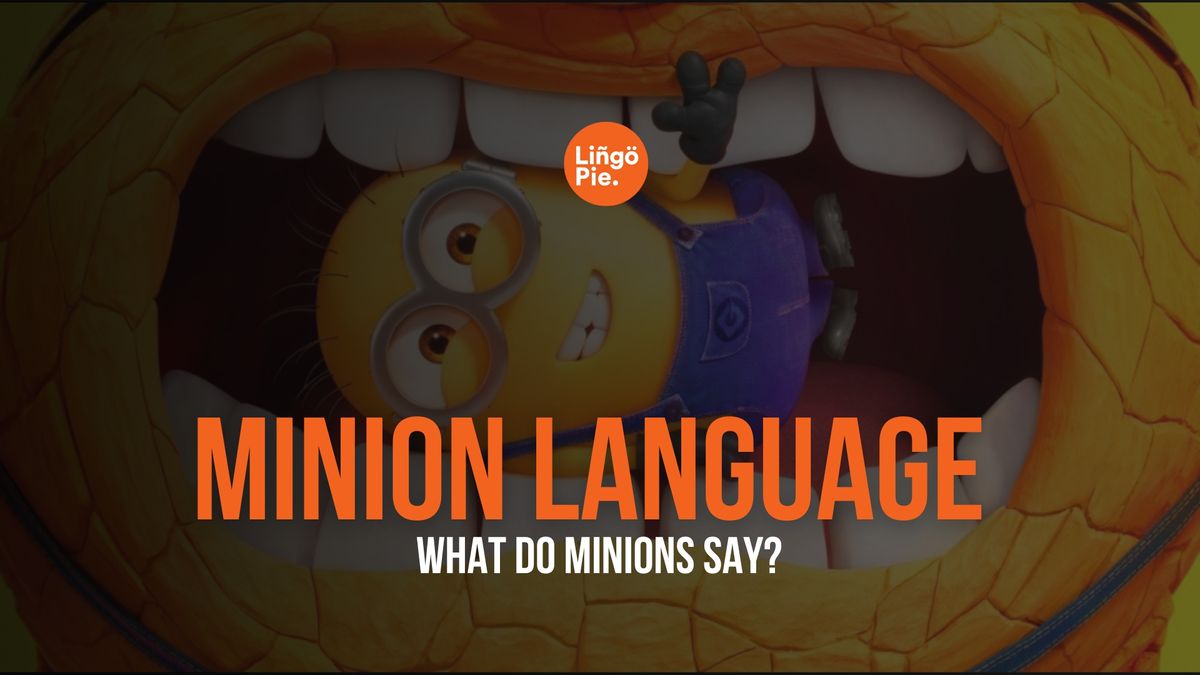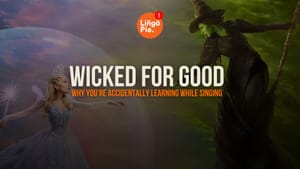Can you imagine a world without the Minions? These small, yellow, gibberish-speaking creatures have become icons of popular culture, capturing the hearts of audiences worldwide with their playful antics and unique language. Since the first Despicable Me film hit theaters in 2010, the franchise has grown into a global phenomenon, enchanting fans with its blend of humor, heart, and unforgettable characters.
Now, with the highly anticipated release of Despicable Me 4 on the horizon, the Minions are back in the spotlight, and their quirky language—Minionese—is once again sparking curiosity. But what exactly is Minionese? Is it just random gibberish, or is there more to it?
In this article, we’ll dive into the fascinating world of Minionese, exploring how this playful blend of real languages, imaginative sounds, and pure creativity can inspire a love for languages in viewers of all ages. Whether you’re a longtime fan or new to the franchise, you’ll discover how the Despicable Meseries makes language learning fun, engaging, and accessible.
Avatar’s Invented Language: Exploring the Linguistic World of Na'vi
The (invented) Languages of Game of Thrones and House of the Dragon
6 Popular Fictional Languages Every Cinephile Should Know

Brief Synopsis Of "Despicable Me 4"
Felonious Gru, now an undercover agent for the Anti-Villain League (AVL), attends a class reunion at his old high school, Lycée Pas Bon. There, he reunites with Maxime Le Mal, a former classmate with a longstanding grudge against him. An unexpected confrontation leads to Maxime's arrest during the reunion, but the situation escalates when Maxime escapes prison with a sinister plan.
The AVL moves Gru's family to a new town to ensure their safety. As Gru and his family adjust to their new lives, they must navigate the challenges of living under a new identity—meanwhile, the AVL experiments with turning Minions into super-powered Megaminions, resulting in unintended consequences.
In their new neighborhood, the Grus meet the Prescotts and their teenage daughter Poppy, who quickly becomes entangled in their lives. Poppy's aspirations and Gru's past as a villain create new complications, culminating in a daring heist involving Gru's infant son and the school's mascot.
As events unfold, a series of confrontations and battles ensue, testing Gru's resolve and ingenuity. The film's climax brings all the key players together in a thrilling battle, where alliances are formed and tested, and the fate of Gru's family hangs in the balance.
What Is Minionese?

The language of the Minions, known as Minionese, is an ingenious blend of gibberish, real languages, and playful sounds that have captured the hearts of fans worldwide. Understanding its origins and structure offers insight into its unique charm and appeal.
Minionese is characterized by its simplistic yet expressive nature, often comprising short, repetitive syllables and nonsensical words that convey emotion and meaning through intonation and context. The language heavily relies on rhythm and vocal inflections, featuring a basic grammar structure.
Despite its nonsensical appearance, Minionese incorporates elements from real languages. This eclectic mix of linguistic influences enriches the Minions' dialogue, enabling subtle cultural references and playful wordplay that resonate with global audiences.
Related:
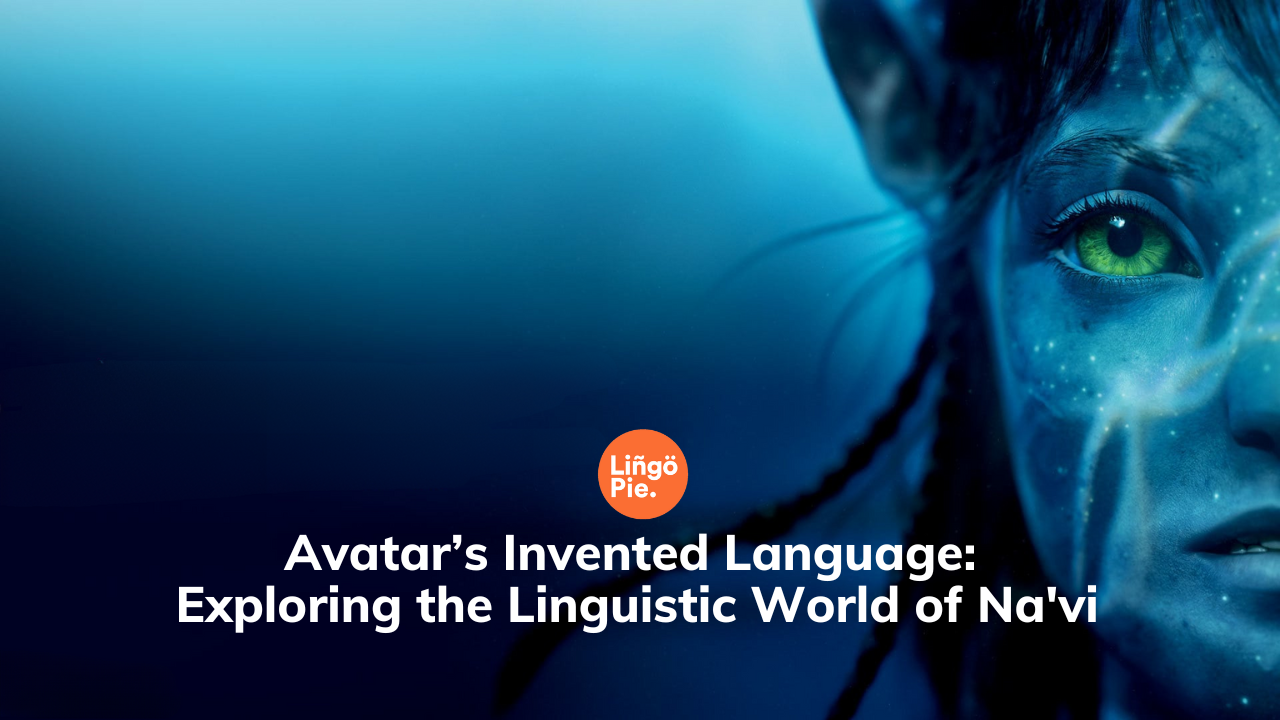
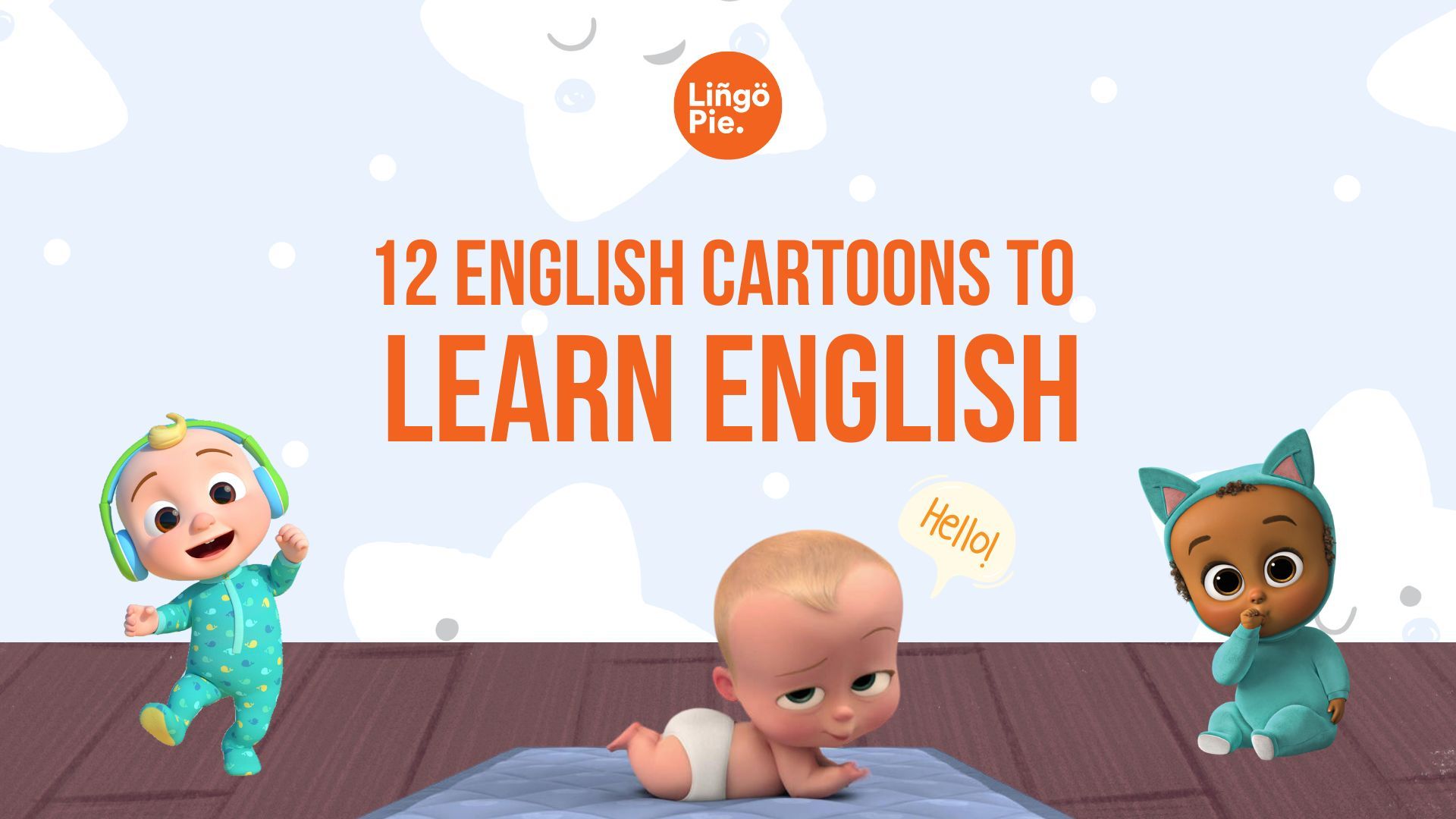
How Minionese Incorporates Elements From Real Languages
As we mentioned, Minionese often incorporates recognizable snippets from multiple languages, such as English, Spanish, French, and even Korean. These borrowed elements enrich the language, making it both relatable and understandable to audiences worldwide.
Integrating real language fragments into Minionese serves several purposes. It enhances the comedic and playful nature of the Minions' speech and facilitates easier comprehension of their dialogue in various cultural contexts. This blending of linguistic elements underscores the creators' ingenuity in developing a language that appeals while retaining its unique, whimsical character.
Examples Of Common Minion Phrases And Their Meanings
Minionese is rich with memorable phrases that have become iconic within the franchise. These phrases, along with a wide range of expressive sounds and gestures, contribute to the Minions' humorous and endearing communication style. Understanding Minionese enhances the viewing experience of the "Despicable Me" films and showcases the creativity involved in crafting a fictional language that has transcended entertainment to become a cultural phenomenon. Let's take a look at some of these memorable phrases.
How To Speak Minionese?
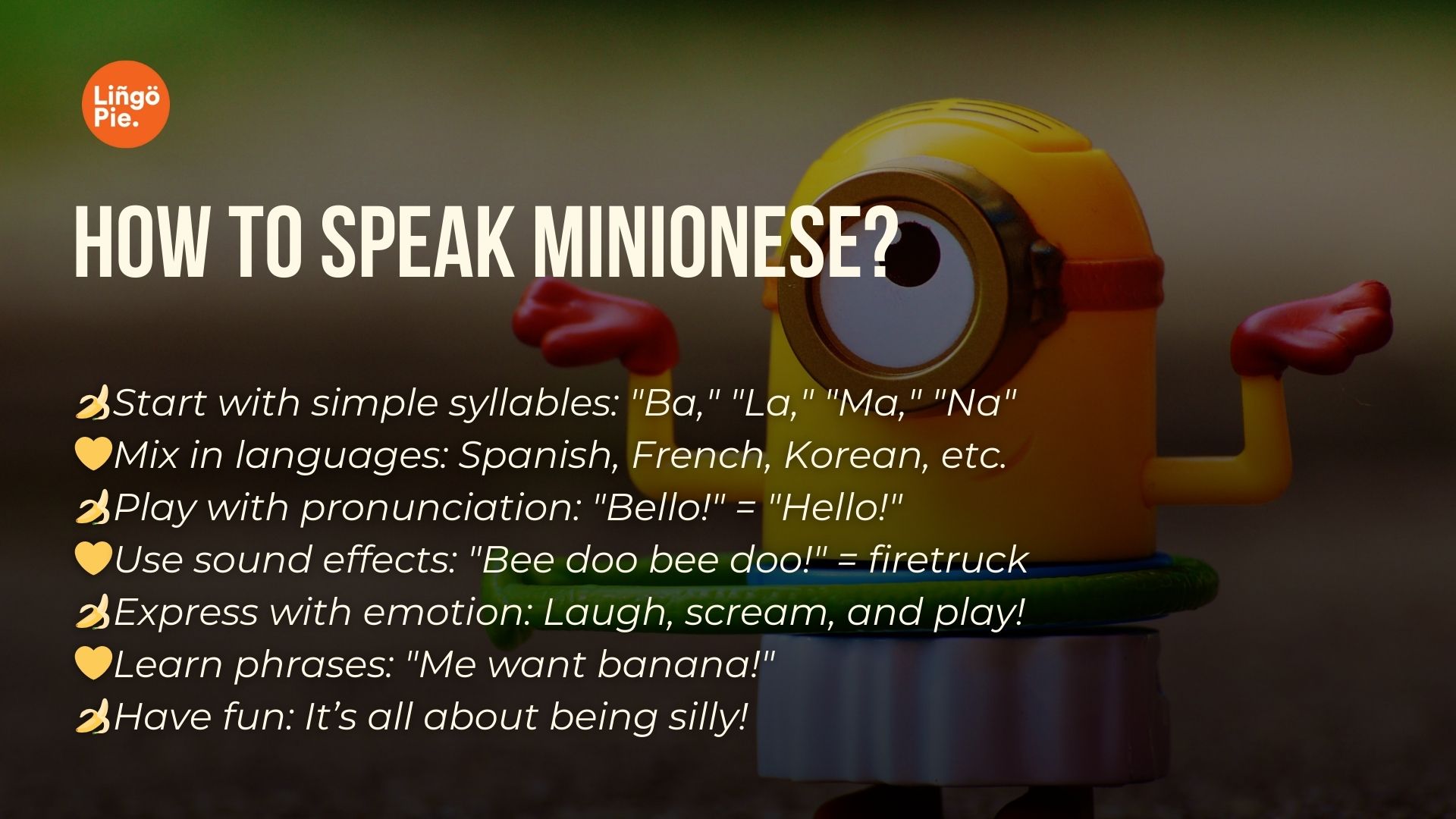
Want to speak like those adorable yellow creatures and add a little flair to your vocabulary? Mastering Minionese is easier than you think. Here's a simple guide to help you speak like these adorable and mischievous characters:
- Start with simple syllables: Minionese often uses a combination of basic consonants and vowels like "Ba," "La," "Ma," "Na," and so on. Practice these syllables to get the rhythm right.
- Mix in languages: Minionese incorporates words and phrases from various languages, including Spanish, French, Korean, and more. You don't need to know what they mean; just mix them in for authenticity.
- Play with pronunciation: Minions playfully mispronounce English words. For instance, "Bello!" instead of "Hello!" or "Poopaye!" for "Goodbye." Have fun with these twists!
- Use sound effects: Mimic sounds for actions or objects, like "Bee doo bee doo bee doo!" for a firetruck or "Muak! Muak! Muak!" for kissing. These add character to your Minionese.
- Express with emotion: Inflection and Tone: Minionese relies on expressive tones and gestures. Laugh heartily, scream in excitement, and use different vocal pitches to convey feelings.
- Learn common phrases: To sound authentic, incorporate phrases like "Me want banana" and "Pwede na?".
- Don't take it seriously: Minionese isn't about perfection—it's about enjoying the playful and silly nature of their language. Experiment, create your own phrases, and laugh along the way!
Frequently Asked Questions About The Minion Language
The Minions from the Despicable Me franchise have captured hearts worldwide with their quirky behavior, adorable antics, and unique language. But what exactly are they saying? Is it a real language, or just gibberish? Here are some frequently asked questions about the Minion language, answered!
1. Do the Minions speak a real language?
No, the Minions do not speak a real language. Their unique way of communicating, often referred to as "Minionese" or "Banana Language," is a mix of words and sounds from various real languages, including English, Spanish, French, Italian, and even some Filipino and Indonesian words. The creators designed it to sound playful and universal, making it fun for audiences of all ages and backgrounds.
2. What is hello in Minion language?
In Minionese, the word for "hello" is "Bello!" This cheerful greeting is one of the most recognizable phrases in their language and is often accompanied by enthusiastic gestures. It’s a fun, lighthearted way for the Minions to say hi to each other—and to their favorite bananas!
3. Why do Minions say "papoy"?
The word "papoy" is one of the many playful expressions in Minionese. While it doesn’t have a direct translation, it’s often used as an exclamation of excitement or joy. Think of it as their way of saying "yay!" or "hooray!" The Minions’ language is full of such quirky, made-up words that add to their charm and humor.
4. What language is closest to Minion?
Minionese doesn’t directly mimic any single language, but it borrows elements from several. The closest real-world languages to Minionese are Spanish, French, Italian, and English, as these are the primary sources of vocabulary and sounds. For example, the Minions often use words like para tú (for you, from Spanish) and poulet (chicken, from French). The language also includes playful gibberish and onomatopoeia, making it a delightful mix of real and invented words.
5. How Has Minionese Influenced Popular Culture?
Minionese has become iconic beyond the movies, inspiring memes, merchandise, and fan-created content. Its distinctiveness and humor have made it a memorable part of the Minions' cultural impact, adding to their global popularity.
Closing Words
Exploring the whimsical world of Minionese not only offers entertainment but also provides a fun way to appreciate the creativity behind the "Despicable Me" franchise. While learning to speak Minionese won't replace traditional languages, trying to speak it is a fun activity for fans of all ages.
For those eager to delve deeper into real languages, Lingopie offers the opportunity to learn your desired language through movies and shows. It provides all the tools you need to turn your entertainment session into a learning experience. You can learn Spanish, Portuguese, Korean, Japanese, and more. So grab your banana and get ready to experience the joy of learning languages with Lingopie!


